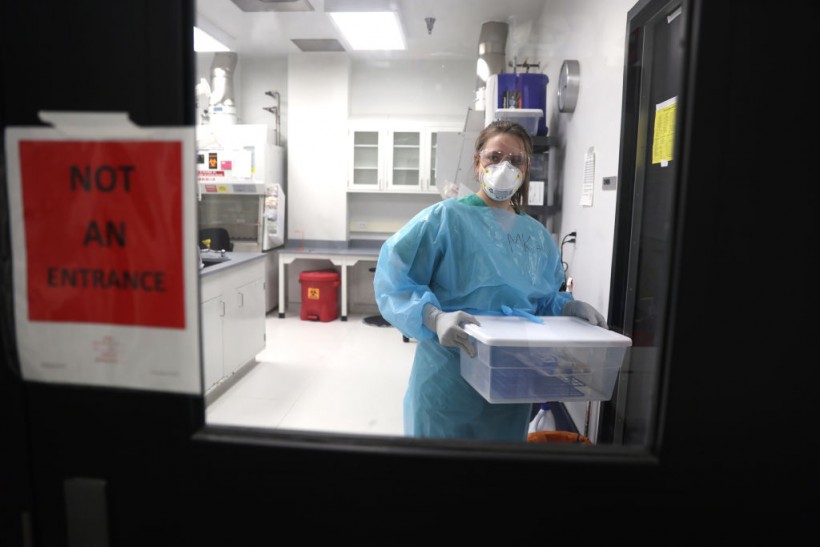
(Photo : Scott Olson/Getty Images)
Experts predict that valley fever will spread further in the US due to climate change.
Experts believe that flu-like or COVID-19-like symptoms may also be attributed to Valley fever, which is spreading in parts of the country.
Most cases of fever, cough and extreme exhaustion may be caused by either the common cold, the influenza virus, or COVID-19.
Valley fever symptoms are more prevalent for individuals in the southwestern United States, per Fox News. Some experts believe that in the future Valley fever could spread to other areas.
According to recent research, "a fungal illness endemic to the southwestern United States" infamous for producing what is known as valley fever, is anticipated to spread east over the next few decades owing to warmer temperatures, according to NBC Chicago.
Valley fever, named after California's San Joaquin Valley, is caused by inhaling soil-borne Coccidioides spores.
Read Also: Is China Spying on the US?
The CDC recorded 20,000 Valley fever cases in 2019.
While the danger of developing Valley fever increases with distance traveled, the CDC reports that some populations are more at risk.
Who Are At Risk of Getting Valley Fever?
Valley fever spreading threatens persons over 60, those with compromised immune systems due to illnesses or medical problems, pregnant women, diabetics, and Black or Filipino people.
Valley fever is a severe form of pneumonia, and experts say it is spreading swiftly throughout the nation. A fungus found in the soil is what is responsible for the sickness. It is absorbed when wind or construction stirs up dust, particularly in the Southwest. Even pets are at risk, per Fox Weather.
CDC states that Valley fever treatment is "usually 3 to 6 months of fluconazole" or other kind of antifungal medicine.
While there is not currently a vaccine for Valley fever, experts are confident about advances toward that target. Three vaccinations are under development, including one tested on dogs.
Related Article: COVID-19 Updates








